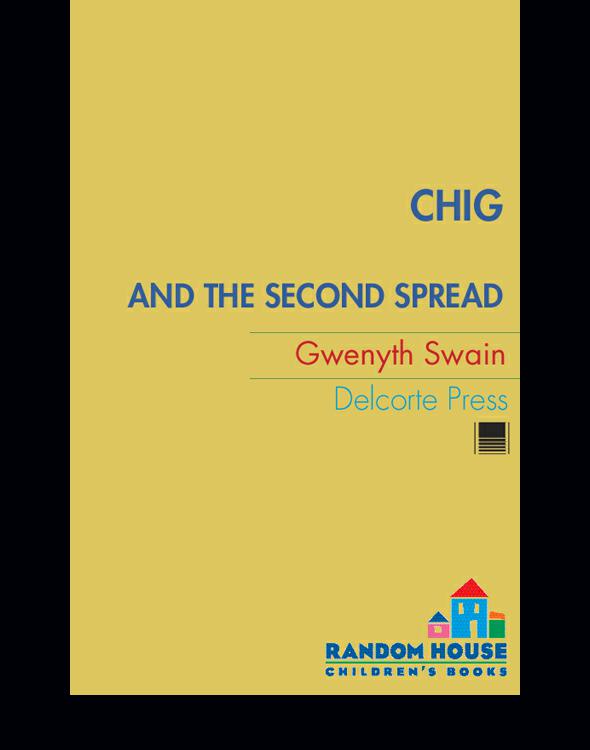
Chig and the Second Spread
فرمت کتاب
ebook
تاریخ انتشار
2009
Lexile Score
880
Reading Level
4-5
ATOS
5.5
Interest Level
4-8(MG)
نویسنده
Gwenyth Swainشابک
9780307517272
کتاب های مرتبط
- اطلاعات
- نقد و بررسی
- دیدگاه کاربران
نقد و بررسی

December 15, 2003
Swain (The Road to Seneca Falls
) sets her appealing first novel "way down deep in the hills and hollers of southern Indiana" during the Depression. In the fall of 1933, Chig—named by her father, who declared that his tiny child wasn't "any bigger than a little red chigger"—finally starts school at the age of eight after her parents realize that their diminutive daughter isn't likely to grow any bigger. Despite the taunts from older boys (they call her the "runt of the litter"), Chig adjusts to school with the help of her supportive teacher and a kind schoolmate. With the folksy narrative filled with period particulars, these school passages, as well as numerous scenarios depicting Chig's relationships with members of her likable family, convincingly convey this winning heroine. Yet the tale loses its punch as it treads on less credible turf. Chig notices that her schoolmates' lunch sandwiches are "decidedly slim on spreads" and writes a letter to First Lady Eleanor Roosevelt proposing a plan that will create jobs for her town—and enable residents to afford more substantial meals. The girl's larger-than-life aspirations continue as she masterminds a successful last-ditch effort to prevent a train derailment (yet the wreckage of one car carrying tinned food supplies the town with abundant second spreads for sandwiches). Despite a few tall-tale traits, the novel's strong characters and the engaging banter between them should keep kids entertained. Ages 8-12.

January 1, 2004
Gr 4-5-Eight-year-old Minerva Kalpin, nicknamed Chig after a red chigger for her tiny physique, worries about her size and feels intimidated when it is time to attend the one-room schoolhouse in Depression-era southern Indiana. With encouragement from her teacher and her friend Willy, she understands that regardless of her petite stature, she "can do good works." With her newly found determination to ignore the inevitable teasing in school, Chig makes some money, seeks advice from the visiting carnival's tall lady, and works out a plan to help the town solve the hunger problem. Written in a folksy narrative style, the story moves as slowly as Chig appears to be growing. It finally picks up some steam in the last quarter when a railroad bridge buckles after a major rainstorm, just as the 10:40 comes across. This colloquial slice of life will have trouble holding the interest of most readers.-Rita Soltan, Oakland University, Rochester, MI
Copyright 2003 School Library Journal, LLC Used with permission.

November 15, 2003
Gr. 4-6. Concerned about their daughter's tiny stature, Chig's parents let her delay entering school for two years. Chig (short for Chigger) is still unusually petite in 1933, when she first enters the one-room schoolhouse in quiet Niplak, Indiana. Though the big boys often make fun of her size, she finds a supportive teacher and one good friend at school. Over the next two years, Chig learns that her small stature in no way diminishes her wits or her ability to contribute to her community, where the Depression has hit hard. The proliferation of good outcomes at the story's conclusion seem less realistic than the novel as a whole, but readers who have come to like this unassuming heroine wouldn't have it any other way. With its warm, homespun feel and the occasional tall-tale quality, this chapter book offers a view of the Depression as experienced in one community "deep in the hills and hollers of southern Indiana."(Reprinted with permission of Booklist, copyright 2003, American Library Association.)

























دیدگاه کاربران